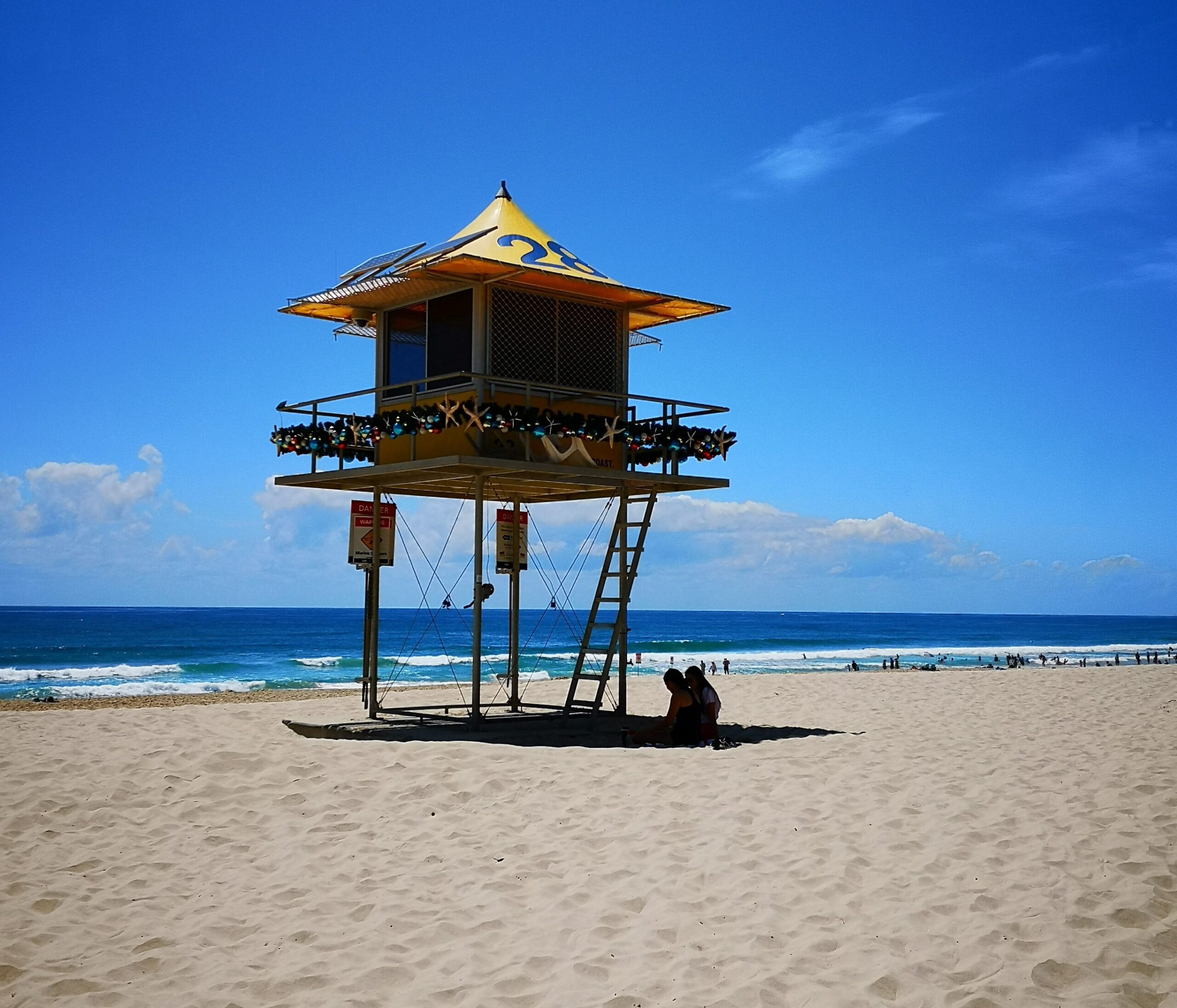Part 2 of a 3-part series on exporting to Australia. Here are some basics to know when getting started, and advice on the e-commerce opportunities.
While Australia may seem like an easy street for first-time exporters, there are still some export fundamentals that simply cannot be ignored. NZTE has produced it’s excellent Australian Market Guide (https://www.nzte.govt.nz/export-assistance/market-guides/australia) and you’ll find some great general tips at https://www.nzte.govt.nz/export-assistance
Here are some more basics that will increase your chances of success across the Tasman:
- Research the Australian market thoroughly before entering. Research potential customers and what they want; research your competition and why they are succeeding/failing; which state(s) to focus on first, trends in your industry etc.
- Be well-prepared for all meetings as you may not get a second chance.
- Understand that it usually takes more time and more resources to succeed in market than expected – so be prepared financially and don’t expect wins straight away.
- Recruit local staff who understand the Australian market well within your industry.
- Have local contact details (Australian phone number and office base if possible).
- Have a .com.au website for the Australian market that has Australian business terminology. Some business terminology in New Zealand isn’t used in Australia, so make sure you get feedback from Australians on any content (website/collateral etc.) that is targeted at an Australian audience.
- Make sure your marketing works in Australia. Use a local Australian agency or recruit local marketing staff.
- Due to competition across the FMCG categories especially, companies need to provide innovative products that fill changing consumer needs (such as the increase in demand for convenient and healthy products). There are various resources for New Zealand companies to use to make sure F&B products will suit the Australian market. The Innovation Centre at Monash University helps companies innovate their businesses and products to suit different international markets through their qualitative research techniques and state-of-the-art virtual reality technology. For more information visit: https://www.nzte.govt.nz/about/news/blogs/how-innovation-helps-kiwi-businesses-succeed-in-australia
Treat Australian states as different target markets. In addition to the business culture and etiquette differences outlined above, New Zealand companies usually benefit by treating Australian states as separate markets as there are different ways of conducting business and building relationships, depending on which state you’re in.
Once a company succeeds in one state, they can more easily succeed in another state – rather than spreading the resource and risk across the country too early.
Kiwi companies are often surprised by the amount of competition in Australia. For companies in the retail or F&B space, supermarket or retail shelf space is often taken up with an array of brands for similar products. To make your product stand out, your packaging and content must stand out, and be exceptionally high quality to suit Australian consumers.
It’s fair to say that business in Australia is more commercial overall, compared to New Zealand where a lot of business is based on relationships.
The rise of e-commerce
In recent years the distribution of goods in Australia from business-to-consumer (B2C) has grown considerably. Consumers on both sides of the Tasman are becoming more familiar with online shopping internationally, and are spending more online each year.
Australian and New Zealand e-commerce sites are benefiting tremendously from this trend as delivery can often be overnight.
One person familiar with this trend is Mark Foy, country manager of DHL Express New Zealand. His company has recently introduced a new Boeing 767-300 freighter to service the trans-Tasman market. With its 55-tonne capacity, the aircraft is providing increased capability on an overnight delivery service from Auckland to Sydney (Mondays to Thursdays and Saturdays).
This allows New Zealand exporters to send their goods to Australia overnight.
Not surprisingly export volume between New Zealand and Australia has been growing steadily. The DHL network recorded a 40 percent year-on-year increase between May 2017 and May 2018 – mainly fuelled by Kiwi e-commerce businesses selling into the Australian marketplace.
Foy believes cultural and political similarities between the two countries means that Kiwi exporters “can market and export on the Tasman trade lane like it’s an expanded domestic market”.
His advice to Kiwi export firms looking to do business for the first time in Australia is to explore online marketing and e-commerce opportunities to extend their networks, and to work with a trusted logistics partner.
Comparing the two countries, Foy says Kiwi entrepreneurs are adaptable and very flexible with their ability to innovate, test out ideas and new processes.
“New Zealand has a large number of small and medium enterprises (SMEs) and a significant amount have always exported due to the size of the Australian market. Therefore our SMEs tend to be innovative, ready to use technology and social media channels as well as [deploy] a fair dose of Kiwi ingenuity.”
The supply chain cost-to-market from a New Zealand perspective seems lower than Australia, he says, where the market-place may be seen as more controlled and regulated.
Part 2 of a 3-part series on exporting to Australia, reproduced with permission from the 2019 New Zealand Export & Trade Handbook – published early February. A highly-valued reference guide for Kiwi exporters and importers. Take advantage of the pre-order special rate of $30 (save $10) on purchasing the Handbook. https://adrenalin.co.nz/store/2019-nz-export-trade-handbook#




